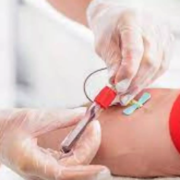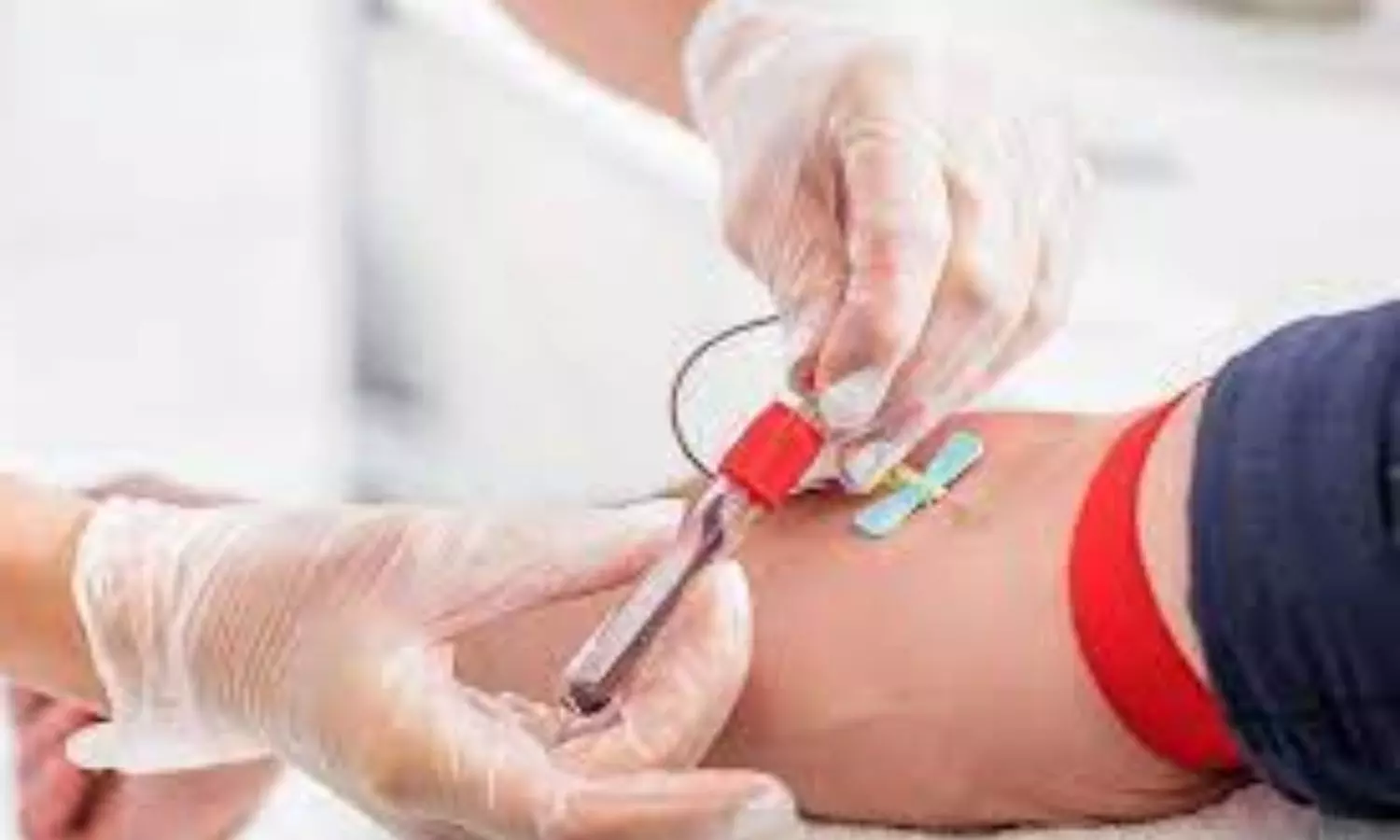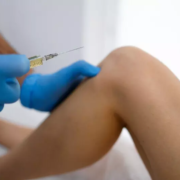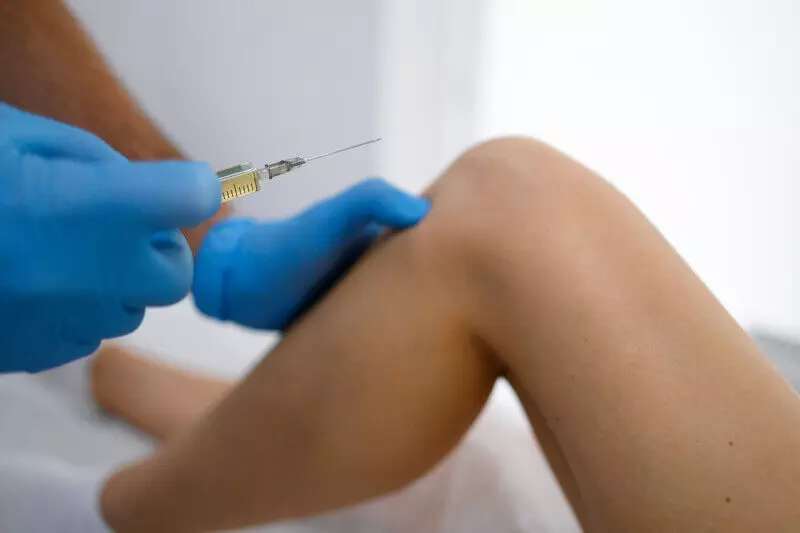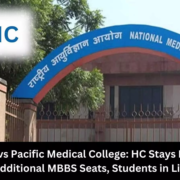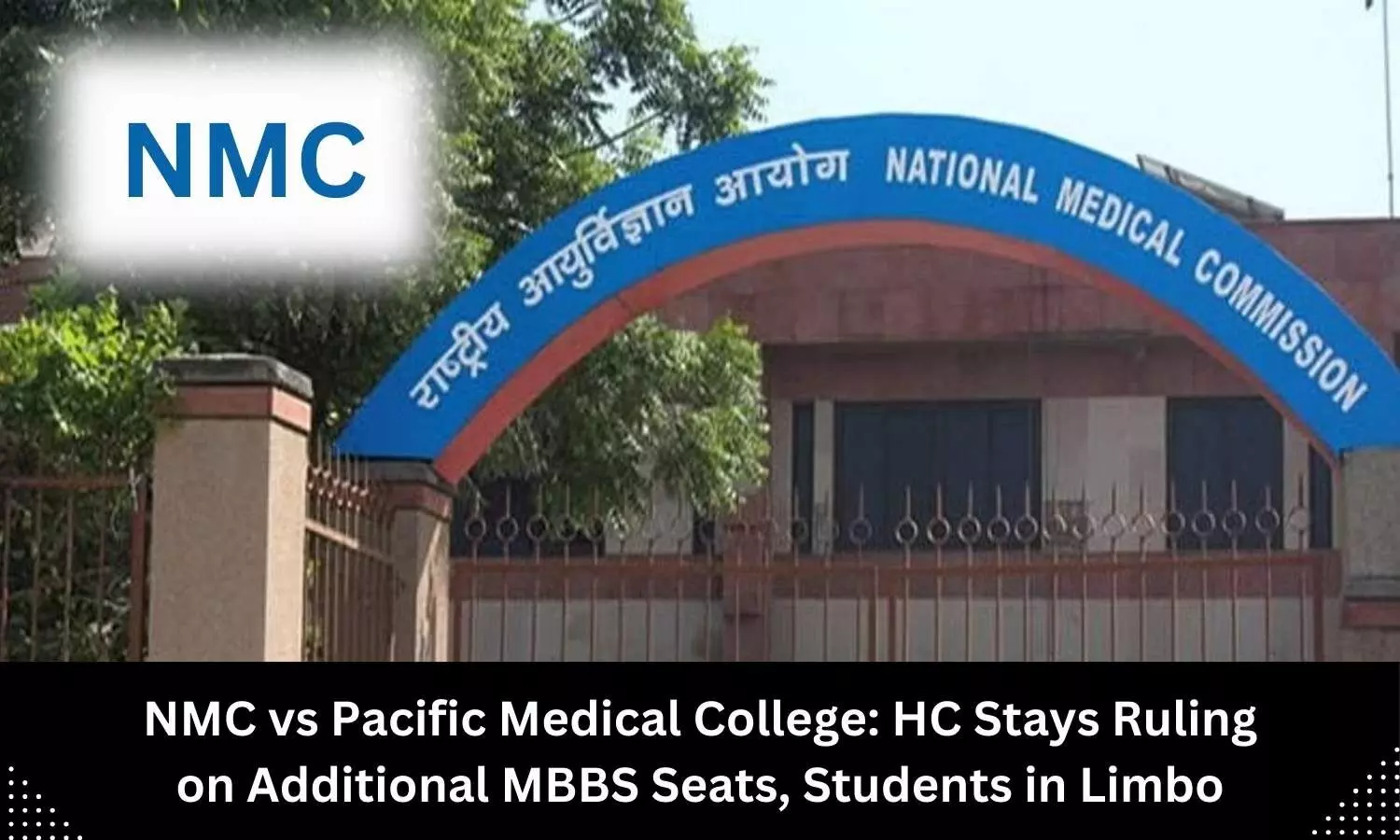Experiences of discrimination linked to postpartum weight retention

Researchers have been unable to explain why after giving birth, Black patients are two to three times as likely to retain or gain additional weight compared to their white counterparts, even when pre-pregnancy weight and gestational-weight trajectories are comparable.
A first-of-its-kind study by University of Pittsburgh epidemiologists points to the stress of lived experiences with racism and gender-based discrimination as a possible explanation. The study was reported today in the American Journal of Epidemiology.
Since postpartum weight retention is associated with increased cardiovascular risk and other negative health outcomes that persist throughout one’s life, the new research suggests interventions that address the underlying stressors of discrimination could be an important complement to community and clinical interventions.
“Beyond individual choices and behavior, we have to account for an individual’s environment, because that can have an impact on health, too,” said lead author Dara Méndez, Ph.D., M.P.H., associate professor of epidemiology and associate director of the Center for Health Equity at Pitt Public Health. “Context matters, and lived experiences matter. How can we link people to appropriate services and support in the postpartum period, in light of exposure to stress and experiences of discrimination?”
As part of the Postpartum Mothers Mobile Study (PMOMS), researchers recruited 313 pregnant individuals between 2017 and 2020, following them from their second trimester through one year postpartum.
Study participants weighed themselves on a weekly basis using Bluetooth-enabled scales, and completed brief surveys via smartphone once a day, on average. Study participants were asked about everyday experiences, including daily experiences of stress and discrimination.
The surveys were administered using a method called ecological momentary assessment (EMA), which aims to capture data on thoughts and behaviors in real time, while the participant is in their natural environment. In addition, the study captured acute exposure to discrimination with major institutions such as applying for loans, interacting with teachers or academic advisors, searching for or retaining employment, and interacting with police, including being unfairly stopped, searched, questioned, threatened or abused.
Black participants retained 0.3 more pounds for every 10% increase in the number of days they experienced racial discrimination in the previous month. Gender discrimination was also associated with weight retention, with 0.4 more pounds retained per 10% increase in days with these experiences. These findings persisted even when pregnancy-health factors had been comparable to those of participants who experienced less racial and gender discrimination.
Powered by WPeMatico




